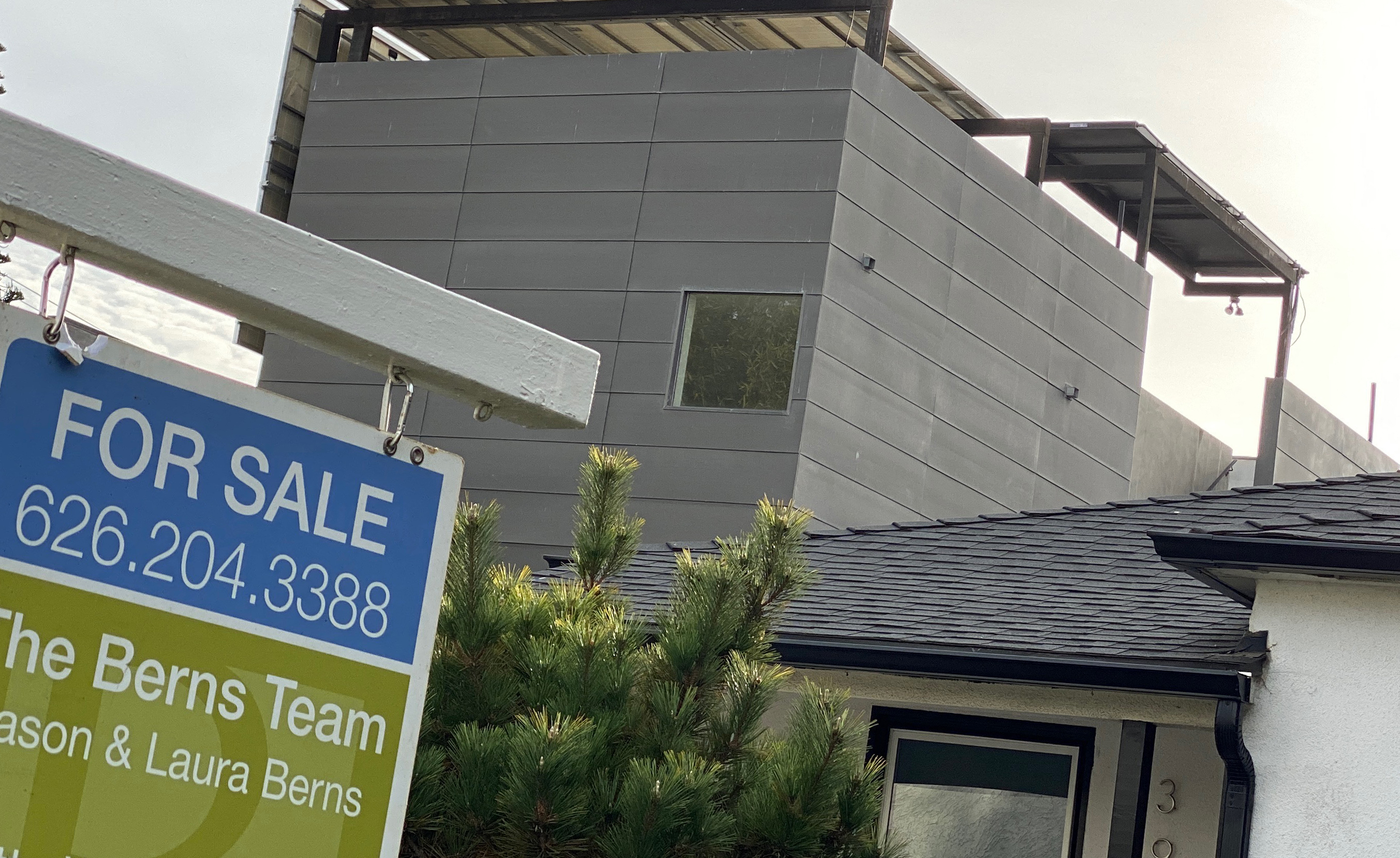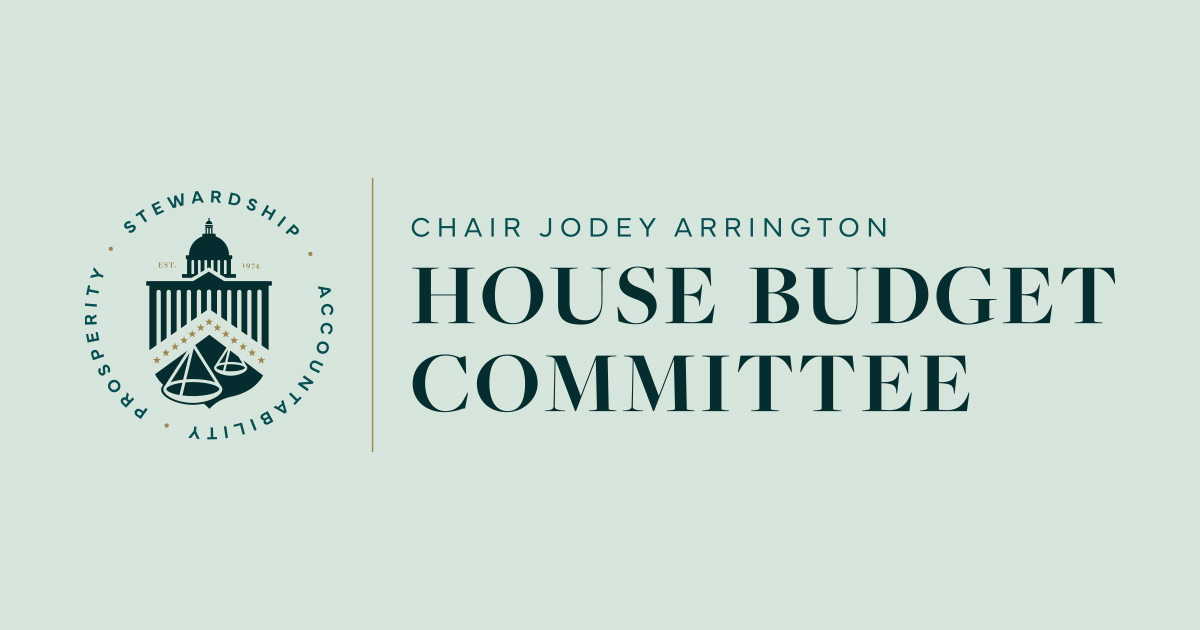鬼百合
Let It Burn!
Builder confidence in the U.S. housing market fell sharply in May, marking its lowest level since November 2023, according to a new report from the National Association of Home Builders (NAHB). Developers are contending with a sluggish selling season and mounting economic pressures.
The NAHB/Wells Fargo Housing Market Index (HMI) dropped six points to 34, mirroring the November 2023 reading and only slightly above December 2022's low of 31.
Per the NAHB, persistent uncertainty around tariffs, rising building material costs, and sustained high interest rates have rattled builder sentiment. These headwinds have forced builders to slash prices during the peak homebuying season.
The decline in builder confidence poses challenges for a housing sector central to Trump's economic messaging. The spring season—typically one of the most active periods for home sales—has failed to gain traction.
In response, 34 percent of builders cut home prices in May, up from 29 percent in April, with an average price reduction of 5 percent. Sales incentives remained elevated, with 61 percent of builders offering them, according to the NAHB.
All three components declined in May: current sales dropped eight points to 37, future sales dipped one point to 42, and buyer traffic slid to 23. A reading below 50 indicates that more builders view conditions as poor than good.
Read more Housing Market
Approximately 90 percent of builder responses were collected before the May 12 announcement that the U.S. and China had agreed to suspend tariffs for 90 days to resume trade talks.
The U.S. and China agreed to lower their rates by 115 percentage points. This agreement lowered the tariffs imposed on Chinese goods by President Donald Trump to 30 percent and those imposed on U.S. goods by Beijing to 10 percent.
Trump initially announced his sweeping global tariffs on April 2, including a baseline 10 percent on all imported goods and "reciprocal" tariffs.
While this may offer some future relief, it did not factor into the May confidence reading.

A real estate sign is seen in front of a house for sale in West Los Angeles on November 20, 2020. CHRIS DELMAS/AFP via Getty Images
Drew Powers, the founder of Illinois-based Powers Financial Group, told Newsweek: "Uncertainty around tariffs and the unknown construction costs are certainly playing into homebuyer and builder sentiment, but I really think the driver is overall housing prices and interest rates. A lot of people are choosing to stay on the sidelines, waiting for the housing market to soften and interest rates to tick down, with the hopes they can find a home and mortgage that is more affordable."
"Builders buy in bulk and rely on stable margins. When input costs are unpredictable, it's nearly impossible to price homes accurately," Thompson said. "This affects both the affordability for buyers and the profitability for builders, creating a ripple effect throughout the market."
Any sustained progress in trade negotiations or monetary policy adjustments could help boost sentiment in the months ahead. Until then, developers are likely to continue leaning on price cuts and incentives to attract hesitant buyers.
"Just like any market, the housing and interest rate markets are nearly impossible to time, and that could be costing potential homebuyers dearly... Waiting for a housing and interest rate correction or crash may be costing consumers more than it's worth," Powers said.
The NAHB/Wells Fargo Housing Market Index (HMI) dropped six points to 34, mirroring the November 2023 reading and only slightly above December 2022's low of 31.

Builders have bad news for Donald Trump's housing market
The NAHB/Wells Fargo Housing Market Index (HMI) dropped six points to 34, mirroring the November 2023 reading.
 www.newsweek.com
www.newsweek.com

Builders have bad news for Donald Trump's housing market
The NAHB/Wells Fargo Housing Market Index (HMI) dropped six points to 34, mirroring the November 2023 reading.
Why It Matters
The downturn comes at a sensitive moment for President Donald Trump, whose administration faces growing scrutiny over trade policy and inflation.Per the NAHB, persistent uncertainty around tariffs, rising building material costs, and sustained high interest rates have rattled builder sentiment. These headwinds have forced builders to slash prices during the peak homebuying season.
The decline in builder confidence poses challenges for a housing sector central to Trump's economic messaging. The spring season—typically one of the most active periods for home sales—has failed to gain traction.
In response, 34 percent of builders cut home prices in May, up from 29 percent in April, with an average price reduction of 5 percent. Sales incentives remained elevated, with 61 percent of builders offering them, according to the NAHB.
What To Know
The NAHB/Wells Fargo Housing Market Index is based on a monthly survey asking builders to rate current sales conditions, expectations for the next six months, and prospective buyer traffic.All three components declined in May: current sales dropped eight points to 37, future sales dipped one point to 42, and buyer traffic slid to 23. A reading below 50 indicates that more builders view conditions as poor than good.
Read more Housing Market
Approximately 90 percent of builder responses were collected before the May 12 announcement that the U.S. and China had agreed to suspend tariffs for 90 days to resume trade talks.
The U.S. and China agreed to lower their rates by 115 percentage points. This agreement lowered the tariffs imposed on Chinese goods by President Donald Trump to 30 percent and those imposed on U.S. goods by Beijing to 10 percent.
Trump initially announced his sweeping global tariffs on April 2, including a baseline 10 percent on all imported goods and "reciprocal" tariffs.
While this may offer some future relief, it did not factor into the May confidence reading.

A real estate sign is seen in front of a house for sale in West Los Angeles on November 20, 2020. CHRIS DELMAS/AFP via Getty Images
What People Are Saying
Kevin Thompson, the CEO of 9i Capital Group and the host of the 9innings podcast, told Newsweek: "Builders face the usual challenges of volatile commodity prices, but add in the unpredictable impact of tariffs, and it gets even tougher. Price swings on materials make it hard to maintain stable margins, adding pressure to an already tight market."Drew Powers, the founder of Illinois-based Powers Financial Group, told Newsweek: "Uncertainty around tariffs and the unknown construction costs are certainly playing into homebuyer and builder sentiment, but I really think the driver is overall housing prices and interest rates. A lot of people are choosing to stay on the sidelines, waiting for the housing market to soften and interest rates to tick down, with the hopes they can find a home and mortgage that is more affordable."
What Happens Next
While builders await the effects of the temporary tariff suspension and potential tax reforms, confidence levels remain vulnerable to broader economic shifts."Builders buy in bulk and rely on stable margins. When input costs are unpredictable, it's nearly impossible to price homes accurately," Thompson said. "This affects both the affordability for buyers and the profitability for builders, creating a ripple effect throughout the market."
Any sustained progress in trade negotiations or monetary policy adjustments could help boost sentiment in the months ahead. Until then, developers are likely to continue leaning on price cuts and incentives to attract hesitant buyers.
"Just like any market, the housing and interest rate markets are nearly impossible to time, and that could be costing potential homebuyers dearly... Waiting for a housing and interest rate correction or crash may be costing consumers more than it's worth," Powers said.




